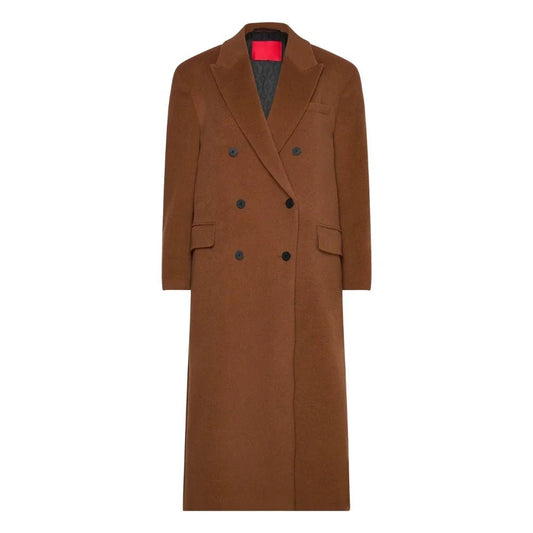
A leather jacket is an investment piece that demands meticulous care. Follow this in-depth guide to protect its texture, color, and durability while boosting SEO with keyword-rich content.
1. Daily Cleaning & Maintenance

-
Dry Brushing:
-
Use a horsehair brush or microfiber cloth to gently remove dust and surface dirt after each wear.
-
Brush in the direction of the grain to avoid scratching.
-
Spot Cleaning Stains:
-
Oil-based stains (e.g., makeup, grease): Dab with a cotton swab dipped in cornstarch or baking soda to absorb grease. Leave overnight, then brush off.
-
Water-based stains (e.g., coffee, rain): Wipe with a barely damp cloth (use distilled water) and let air dry.
-
Ink stains: Apply a tiny amount of rubbing alcohol (90%) on a cotton ball, test on an inconspicuous area first, then blot gently.
Pro Tip: Avoid using paper towels—they can leave lint or scratch delicate leather.
2. Deep Cleaning & Conditioning
-
Step 1: Choose the Right Cleaner
-
Use a pH-balanced leather cleaner (avoid household soap—it strips natural oils).
-
For suede or nubuck, opt for a specialized suede cleaner and eraser.
-
Step 2: Apply Cleaner
-
Dampen a soft cloth with the cleaner and work in small circular motions.
-
Focus on high-friction areas like collars and cuffs.
-
Step 3: Condition Every 6–12 Months
-
Use a natural leather conditioner (e.g., mink oil, beeswax) to replenish moisture.
-
Apply sparingly with a lint-free cloth, let absorb for 15 minutes, then buff with a dry cloth.
3. Proper Storage Techniques

-
Hanging:
-
Use a wide, padded wooden hanger to maintain shoulder shape.
-
Avoid wire hangers—they leave indentations.
-
Environment:
-
Store in a cool, dry place (ideal humidity: 40–50%).
-
Use a breathable cotton garment bag—never plastic, which traps moisture and promotes mold.
-
Long-Term Storage:
-
Stuff sleeves with acid-free tissue paper to prevent creases.
-
Place cedar blocks nearby to repel moths and absorb odors.
Avoid: Sunlight, radiators, or damp basements—these cause fading, cracking, or mildew.
4. Protecting from Water & Heat
-
Waterproofing:
-
Apply a silicone-free leather protector spray annually.
-
Test on a hidden area first to ensure no discoloration.
-
Drying Wet Leather:
-
If soaked, blot excess water with a towel.
-
Air dry at room temperature—never use a hairdryer or heater.
-
Once dry, condition to restore flexibility.
-
Heat Damage Prevention:
-
Never iron leather directly. For wrinkles, hang in a steamy bathroom (avoid direct contact with steam).
5. Repairing Minor Damage

-
Scratches:
-
Rub a leather balm or olive oil into the mark using circular motions.
-
For deep scratches, consult a professional.
-
Fading Color:
-
Use a leather dye or color-restoring balm matched to your jacket’s shade.
-
Odor Removal:
-
Sprinkle baking soda inside the jacket, let sit overnight, then vacuum.
-
For smoke smells, hang outside in fresh air for 24 hours.
6. Sustainable Practices & Disposal
-
Repurposing:
-
Turn old jackets into bags, gloves, or patches for DIY projects.
-
Donation:
-
Donate to thrift stores, shelters, or organizations
-
Recycling:
-
Leather scraps can be recycled into furniture upholstery or accessories.
7. Seasonal Care Checklist
-
Winter:
-
Wipe off salt stains immediately with a vinegar-water solution (1:1 ratio).
-
Summer:
-
Avoid prolonged sun exposure to prevent drying.
-
Monsoon:
-
Reapply waterproofing spray before the season starts.
FAQs
Q: Can I use coconut oil on my leather jacket?
A: Yes, but sparingly. It can darken light-colored leather—test first.
Q: How do I fix peeling leather?
A: Peeling often indicates low-quality leather. Use leather glue for small areas or consult a specialist.
Q: Can I machine wash lined leather jackets?
A: No! The lining must be hand-washed separately, and the leather should never be submerged.






